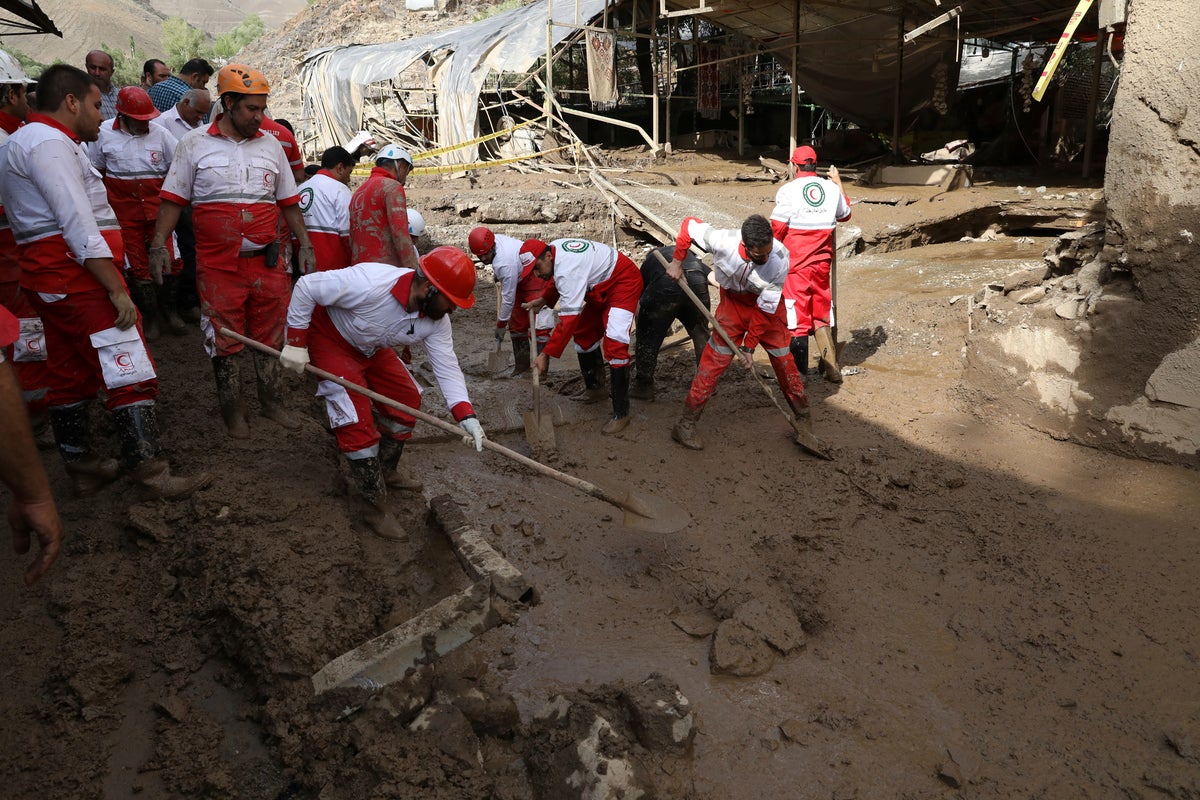
Iran on Friday raised the death toll from landsides and flash floods this week across the country to at least 53, including those killed in a mudslide in the capital of Tehran the previous day, state TV reported.
More than 30 people died in two villages, northwest and northeast of Tehran, after the monsoon dumped heavy rains that triggered mudslides there, the report said. Almost two dozen people died in eight other provinces and 21 out of Iran's 31 provinces were affected by the heavy rains.
There were fears the death toll could rise even further as at least 16 people remained missing and more bodies were being uncovered after the rains abated. The report said military personnel had joined rescue efforts and were helping transfer thousands from remote areas to safer places.
Last Saturday, flash floods in Iran’s drought-stricken southern Fars province killed at least 22 people and affected about a dozen villages in the province.
This week's storm is the deadliest among Iran's rain-related incidents in the last decade. In 2019, a flashflood killed at least 21 people in the southern city of Shiraz, and two years earlier, a similar storm claimed 48 lives in northwestern Iran.
However, mudslides in northern Iran in 2001 and in Tehran in 1987 killed 500 and 300 people, respectively.
Before Thursday’s mudslide, authorities had warned residents of Tehran’s mountainous areas about heavy rains and possible floods. More heavy rains were expected in the coming days.
Authorities have blamed the high death toll on a wide disregard of safety measures by people who venture out in the storms while critics cite mismanagement in construction projects as well as late warnings as other causes.







